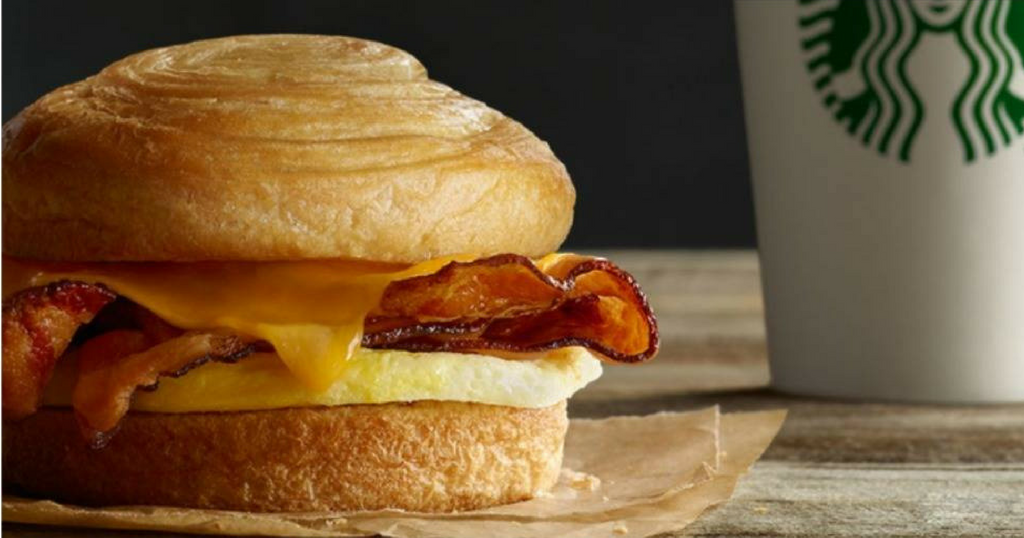Modern people are fact hounds. We love collecting interesting data, and we trust hard numbers above all in a world filled with hyperbole. Data visualization makes data easy to access by turning data into an easily comprehended graphic. It is a valuable tool that should be a part of every content marketing strategy.
Why does data visualization work? The answer is based in neuroscience. Visual information is processed 60,000 times faster than written information. Consumers will be drawn into the information more quickly, and possible want to read more about the subject. In addition, graphics are easier to comprehend quickly; even small children can understand! Here are a few steps to making facts graphic and incorporating them into your online media.
Choose Your Data
The data you use should be relevant to your website, but also completely true. This is a time for fact checking. If you are using data that you found on another website, find the original study or poll that it comes from and make sure it is legitimate. Be sure to reference this source in your website.
You want for your business to be known as honest and accurate, among other things, so choose your data from the most reliable sources. If you have collected the data yourself, for example from a survey, then make sure you are accurately representing the results and the conclusion. You want facts that get attention and pack a punch, but they need to be actual facts.
Develop Your Story
Creating a story around your data will make it more memorable and engaging. This is one area in which you need to know your target audience well. What story will be most compelling? How should you tell the story behind your data? What details are important? Ideally, your graphic should be embedded in a text document, such as a blog, social media post, or web page, that explains the story. The data visualization is merely an attractive and highly shareable overview–the book cover for the story you are trying to tell.
Decide How to Present Your Data
There are a variety of ways to make your data visual. You can choose:
• Infographics
• Graphs and charts
• Maps
• Timelines
• Anything visual!
The appropriate format depends on your target market and the fact you are presenting. If you are showing where events happened, then a map may be the best option. If you are showing a sequence of events, then a timeline is an obvious choice. You should also keep in mind how your target audience operates. What will be most compelling to them?
One key factor to keep in mind is that your visual should be informative both on its own and as part of your story. In addition, it should make people want to go read the whole story. Make your most important point stand out in the graphic and try to show broad trends or movement.
Focus on Marketing, Not Conversions
Don’t make people work to get to your data visualization. Data visualization is inherently designed for viral marketing, to bring people to your website by creating an interesting, relevant, and sharable graphic. Don’t make people sign up for an email list or otherwise engage before reading the story and seeing the graphic. Rather, use the graphic as a way to entice: “For more information like this, sign up for our email list!”
Design Your Graphic
You don’t have to be a professional designer to create a visual data tool. While hiring a graphic designer is certainly a great option, many people with minimal skills can handle it themselves. There are many user friendly design tools and programs that make professional-looking design easy. For example, Piktochart and Google Charts both allow you to make data-based graphics with only minimal skills. Even Excel can be used to make simpler charts. If you wish to get more complicated, Infoactive is a program for making interactive graphics. These are highly engaging and more likely to be quickly understood by users.
Data visualization will require planning and work, but it is sure to pay off as part of your content marketing strategy. Professional, relevant graphics are a great way to communicate with your target audience while increasing your chances of going viral.
The Story of the SavetheBreakfastSandwich.com Website
The Starbucks Breakfast Sandwich In January of 2008, I was gainfully employed with one of the many technology corporations based in Redmond, WA (No it wasn't Microsoft). It was Concur Technologies, [...]
SEO Checklist – Focusing on Social Media
As some of you know I teach a beginner to advanced SEO Workshop. One of the most asked for items in my talk is the SEO Checklist I have developed just [...]
Building a Social Media Community
The staff at Jenn Mathews Consulting use a system for social media marketing called the A.L.I.V.E. system. A majority of our clients have created their Facebook page and Twitter account, but [...]











